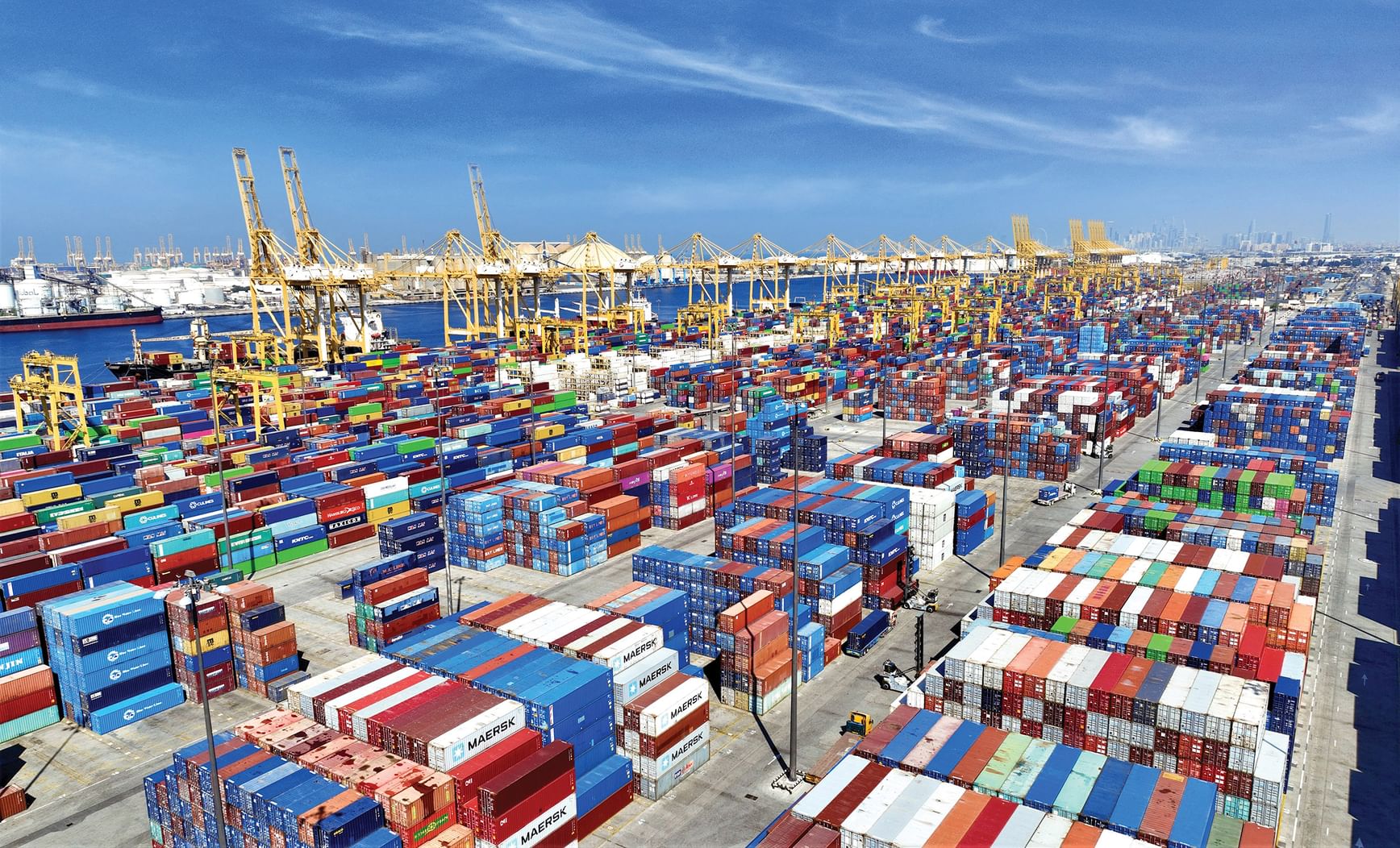Toronto, Canada — From raw materials to the finished products in our house or office, each product undertakes a journey, and without the transport and logistics industry along with the effective supply chain management, even the best of the best inventions would remain a prototype.
The transport and logistics (T&L) industry is an unavoidable link between a producer and an end-user. Whether you visit your neighborhood grocery store to buy milk and bread, order a pair of jeans through an online marketplace, or ship your heavy household items from one country to another, without an efficient logistics and transport industry the mobility of goods would remain a pipedream.
The global logistics market is expected to be around US$10 trillion in 2024, and is estimated to reach US$21.91 trillion by 2033, registering a healthy CAGR growth of 9.35 percent from 2024 until 2033, according to Canadian market research firm Precedence Research.
Precedence Research, which lists Morgan Stanley, EY, PwC and Boston Consulting Group as its clients, says the logistics market revenue in 2023 by transportation type was US$485 billion by airways, US$2.85 trillion by waterways, US$2.09 trillion by railways and US$3.52 trillion by roadways.
Giving a breakdown by region, it says that T&L market revenue in 2023 was US$3.95 trillion in Asia-Pacific, US$1.95 trillion in Europe, US$359 billion in Latin America, US$502 billion in Middle East and Africa, and US$2.19 trillion in North America.
At the forefront of the T&L sector is DHL. Despite the economic challenges, rising fuel prices, conflicts and increased competition, the revenue of DHL Group grew 6.2 percent to 20.6 billion euros (US$21.6 billion) in the third quarter of 2024 (Q3 2023: US$20.4 billion).
Explaining the Q3 2024 results, DHL Group CEO Tobias Meyer says the macroeconomic environment remains very challenging. “Germany has slipped back into recession and no significant growth impetus is coming from Europe, either. Due to our high revenue share in Europe, this affects us more severely than competitors who have grown more significantly in the United States.
“We had gone through seven consecutive quarters in which EBIT declined following the Covid boom in 2021 and 2022. We are now seeing stabilization here – and at a much higher level than before the pandemic,” he said in a recent statement.
DHL has a forward-looking strategy for sustainable growth. Meyer remarks: “We are receiving a lot of encouragement from customers for our plans in decarbonizing supply chains.
“Our new strategic focus on high-growth regions and sectors with a structural tailwind, such as life sciences, healthcare, and new energies, will pay off in the medium term,” concludes the CEO of DHL Group.
In the Arabian Gulf countries, the focus of the logistics and transport industry is moving from the UAE to Saudi Arabia.
Boasting clients such as Apple, Adnoc, Deloitte and Coca Cola, Mordor Intelligence says in its latest research that the GCC freight and logistics market size is estimated at US$76.1 billion in 2024 and is expected to reach US$109.9 billion by 2030, growing at a CAGR of 6.32 percent during the forecast period 2024-2030.
Global logistics market revenue (in US$ billions) by end user
| End User | 2023 | |||
|---|---|---|---|---|
| Industrial & Manufacturing | 2,867.46 | |||
| Retail & E-Commerce | 1,607.90 | |||
| Healthcare | 1,032.35 | |||
| Oil & Gas | 681.54 | |||
| Others | 2,774.13 |
Source: Mordor Intelligence
In a report shared with TRENDS, Mordor Intelligence says the rising value of the T&L sector in GCC is led by Saudi Arabia, leading to the overall demand for the freight market.
“The Saudi Arabian government has allocated US$10.6 billion to bolster its road network. In 2023, it kickstarted four highway projects under the PPP model. With a vision to position the nation as a major transportation hub, Saudi Arabia has set its sights on investing a substantial amount of US$147 billion, with a specific focus on advancing the transportation and logistics sector.
“By 2022, social infrastructure projects worth around US$50 billion were underway, with an additional US$70 billion in various planning stages. Notably, Saudi Arabia accounted for US$71 billion of this total, followed by Kuwait (US$33 billion), Qatar (US$5.7 billion), and the UAE (US$4.7 billion).
“Between 2020 and 2025, the GCC’s public and private sectors are projected to require a staggering US$1.6 trillion in capital for infrastructure development, excluding mega-projects,” says the report.
With the launch of Riyadh Air and after the completion of the GCC railways project, the logistics industry of the region is expected to experience a considerable impetus.
In 2021, the Saudi Arabian government constructed a new rail infrastructure and invested around US$149.83 billion in transport and logistics, according to the Mordor report. “Saudi Arabia’s ongoing rail project is the 1,300 km Land Bridge, which will connect the country’s ports on the Red Sea coast to those on the Arabian Gulf costing between US$7 billion and US$26 billion when completed in 2026,” it said.
Per the World Economic Forum, the future of the logistics industry will be led by five trends: AI and e-commerce expansion, sustainability, upskilling of labor, development of local infrastructure, and geopolitical shifts. And, if one examines the GCC countries’ logistics growth strategy, they are on the right track.







